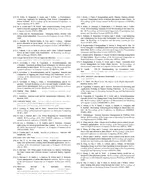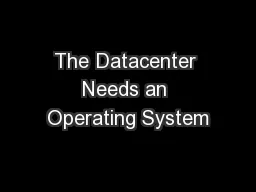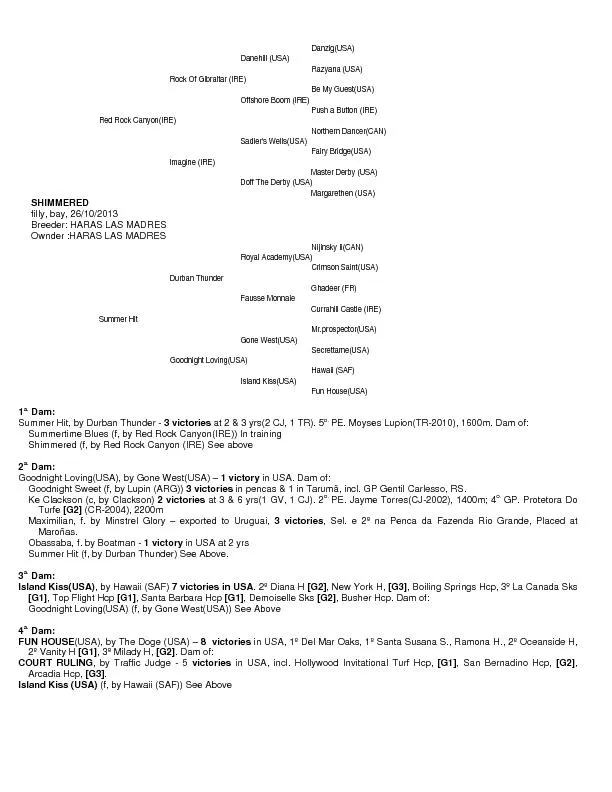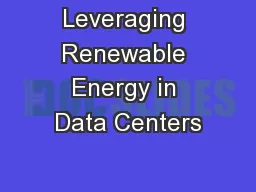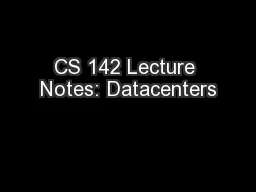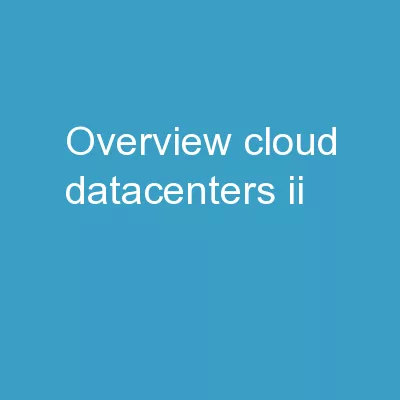PDF-Leveraging Stored Energy for Handling Power Emergencies in Aggressively Provisioned Datacenters
Author : marina-yarberry | Published Date : 2015-01-29
com Di Wang Anand Sivasubramaniam Bhuvan Urgaonkar Department of Computer Science and Engineering The Pennsylvania State University PA 16802 diw5108anandbhuvan csepsuedu
Presentation Embed Code
Download Presentation
Download Presentation The PPT/PDF document "Leveraging Stored Energy for Handling Po..." is the property of its rightful owner. Permission is granted to download and print the materials on this website for personal, non-commercial use only, and to display it on your personal computer provided you do not modify the materials and that you retain all copyright notices contained in the materials. By downloading content from our website, you accept the terms of this agreement.
Leveraging Stored Energy for Handling Power Emergencies in Aggressively Provisioned Datacenters: Transcript
Download Rules Of Document
"Leveraging Stored Energy for Handling Power Emergencies in Aggressively Provisioned Datacenters"The content belongs to its owner. You may download and print it for personal use, without modification, and keep all copyright notices. By downloading, you agree to these terms.
Related Documents

